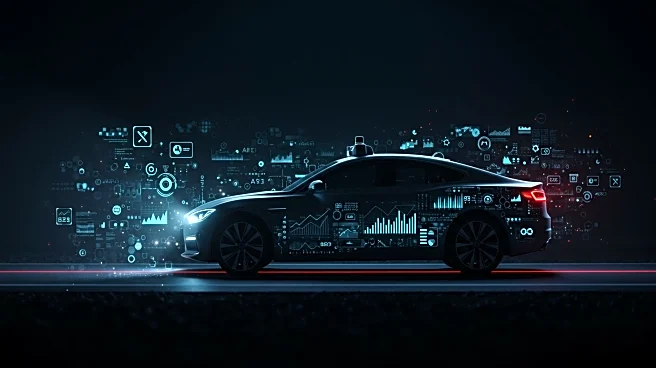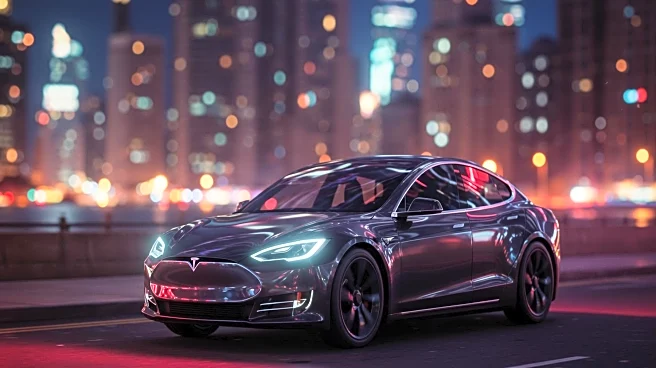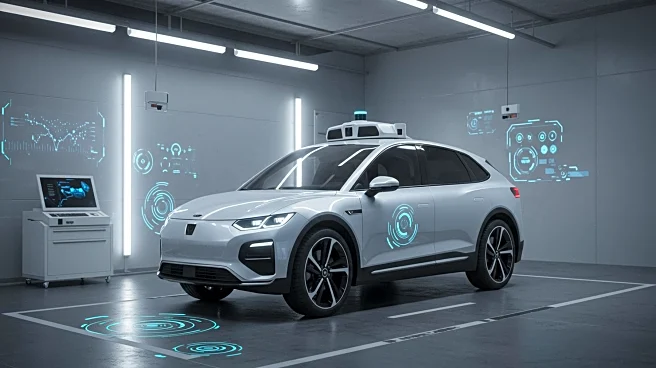What's Happening?
The self-driving bus market is anticipated to experience significant growth, with projections indicating a compound annual growth rate (CAGR) of 28.2% from 2024 to 2031. This expansion is driven by advancements in autonomous driving technologies, increased investments in smart transportation infrastructure, and a rising demand for efficient and eco-friendly public transit solutions. The market is expected to grow from US$ 1.59 billion in 2024 to US$ 9.0 billion by 2031. Self-driving buses are seen as a crucial element in the development of smart cities, offering safer, more efficient, and environmentally friendly alternatives to traditional buses. These autonomous vehicles promise to reduce traffic congestion, enhance passenger safety, and significantly lower emissions, aligning with global sustainability goals.
Why It's Important?
The growth of the self-driving bus market is pivotal for the future of urban mobility, as it addresses several pressing issues faced by cities worldwide. With increasing urbanization, public transportation systems are under pressure to accommodate larger populations. Self-driving buses offer a scalable solution that can be integrated into existing transit systems, helping to alleviate traffic congestion and reduce pollution. Additionally, these buses are expected to lower operational costs and minimize human error, making them attractive to urban planners and transport authorities. The shift towards autonomous vehicles also supports sustainability initiatives, as these buses are designed to be more eco-friendly compared to conventional transport options.
What's Next?
As the self-driving bus market continues to expand, several developments are expected. Governments worldwide are likely to increase investments in smart transportation networks, facilitating the integration of autonomous buses into public transit systems. Technological advancements in AI, sensor fusion, and robotics will further enhance the capabilities of these buses, making them more reliable and efficient. Regulatory frameworks will need to evolve to address safety, liability, and driver training concerns, which may impact the pace of deployment. Additionally, partnerships between bus manufacturers, technology providers, and government authorities could accelerate the development and deployment of self-driving buses, creating a comprehensive ecosystem for autonomous public transport.
Beyond the Headlines
The rise of self-driving buses could lead to broader societal changes, including shifts in employment patterns within the transportation sector. As autonomous vehicles become more prevalent, there may be a reduced need for human drivers, prompting discussions on workforce retraining and job displacement. Furthermore, the adoption of self-driving buses could influence urban planning, as cities may need to redesign infrastructure to accommodate these vehicles. Ethical considerations regarding data privacy and security in autonomous systems will also become increasingly important as these technologies are integrated into public transit networks.











